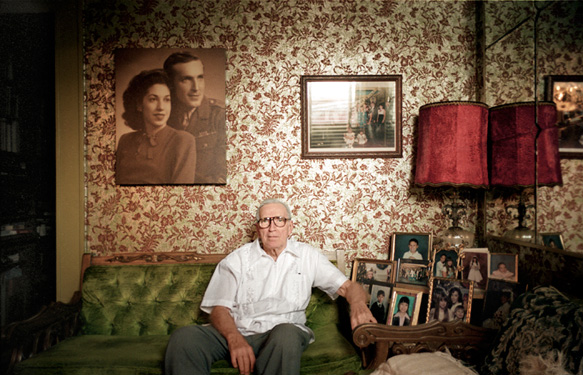1. In a dark room with a hole leading to light, the light is focused to show the outside scene on the opposite wall upside down, this was the first camera, know as camera obscura.
2. Issac Newton and Christian Huygen high quality glass lenses and optics.
3. Lens, film, and a dark box.
4. Light goes into the lens, into the camera, then it exposes the film.
5. Digital cameras use digital film.
6. Auto is completely camera controlled while program is slightly more manual.
7. Portrait mode blurs out the background and goes for the fastest lens setting.
8. Camera uses the quickest shutter speed possible.
9. The half-press locks the focus and allows for faster response time.
10. Flash is disabled when that symbol is used, this allows for more dramatic lighting.
11. Auto-flash is the name of that symbol and it is used when the camera thinks more light is needed.
12. If too much light appears in the picture the photo will be washed out.
13. If there isn't enough light the picture will be dark.
14. A stop is a unit of measurement for light that has to do with photography.
15. The planet is one stop brighter.
16. The planet is two stops brighter.
17. Longer shutter speeds have more light.
18. Shorter shutter speed have less light.
19. The aperture open or closes more to allow more or less light.
20. To increase the amount of light you open the aperture more.




